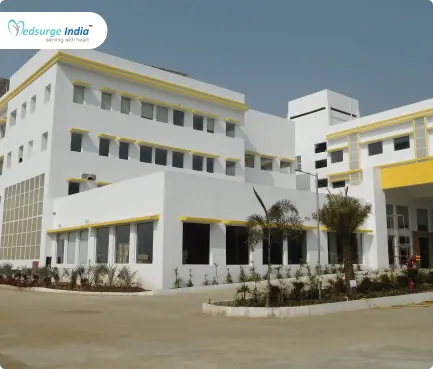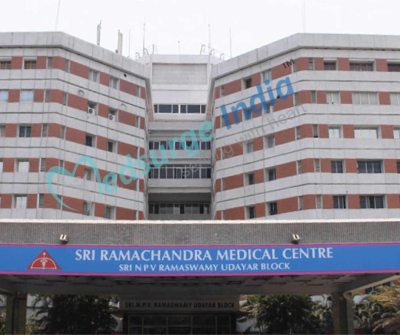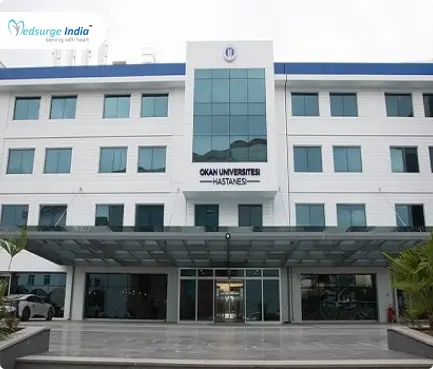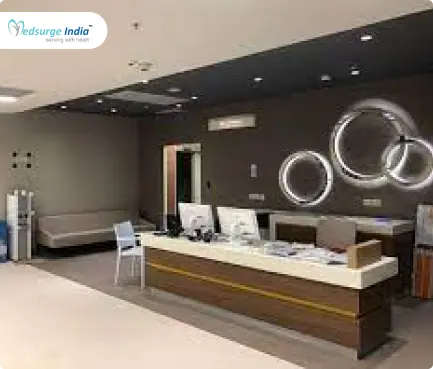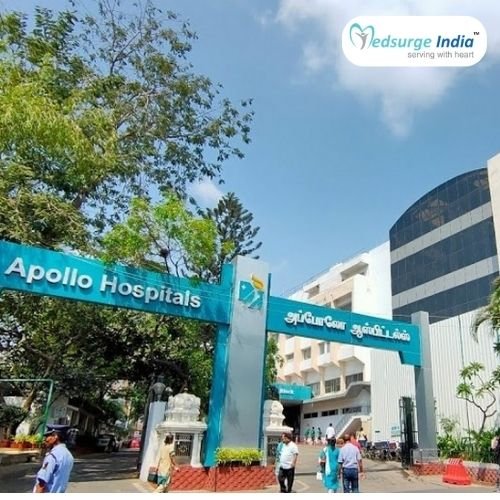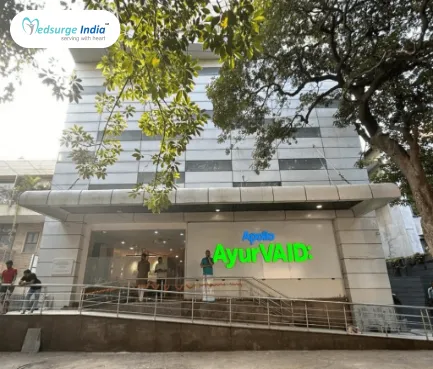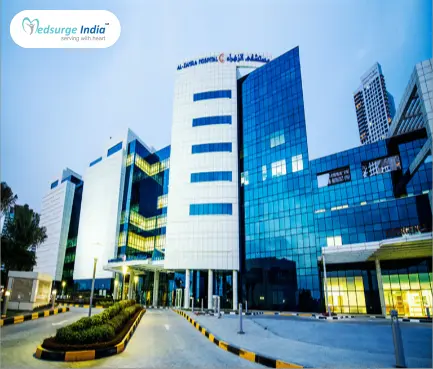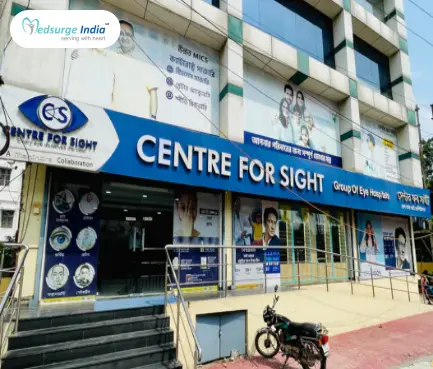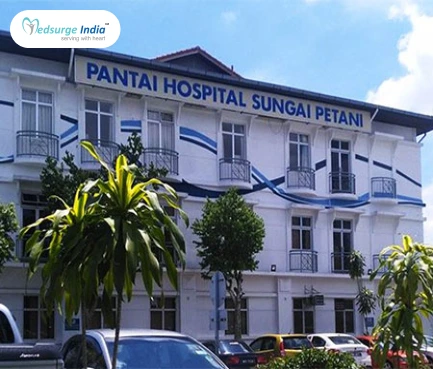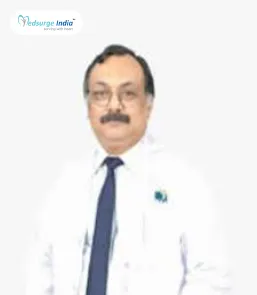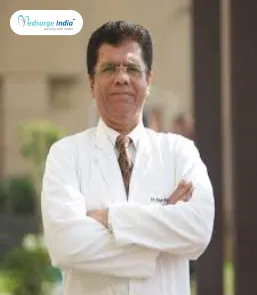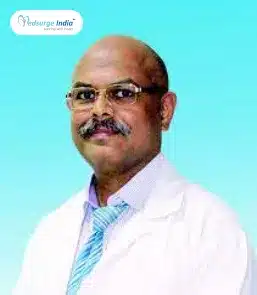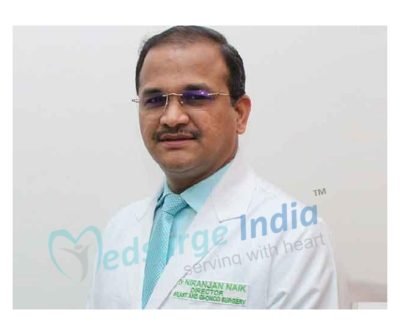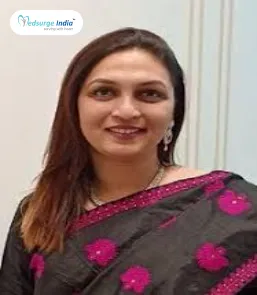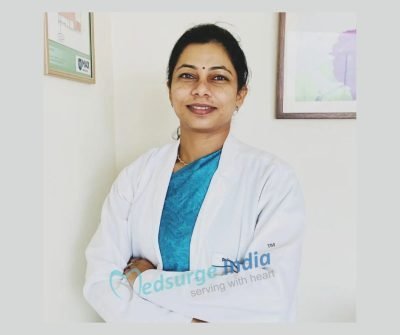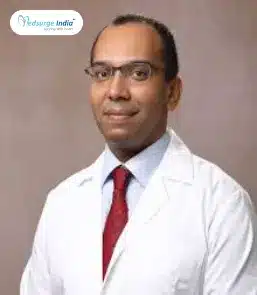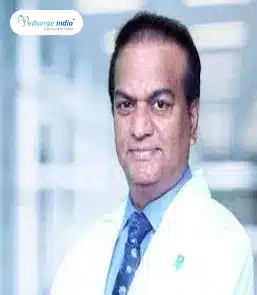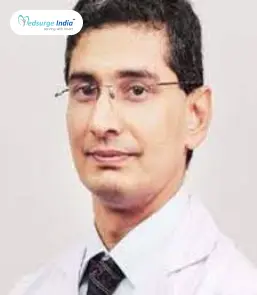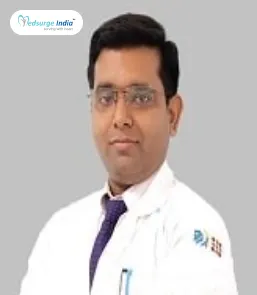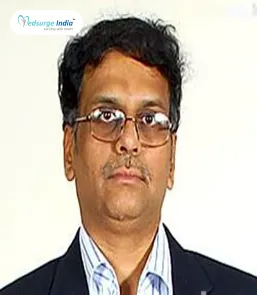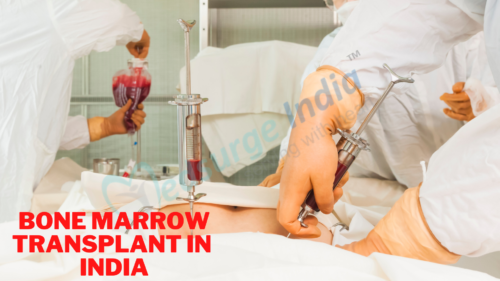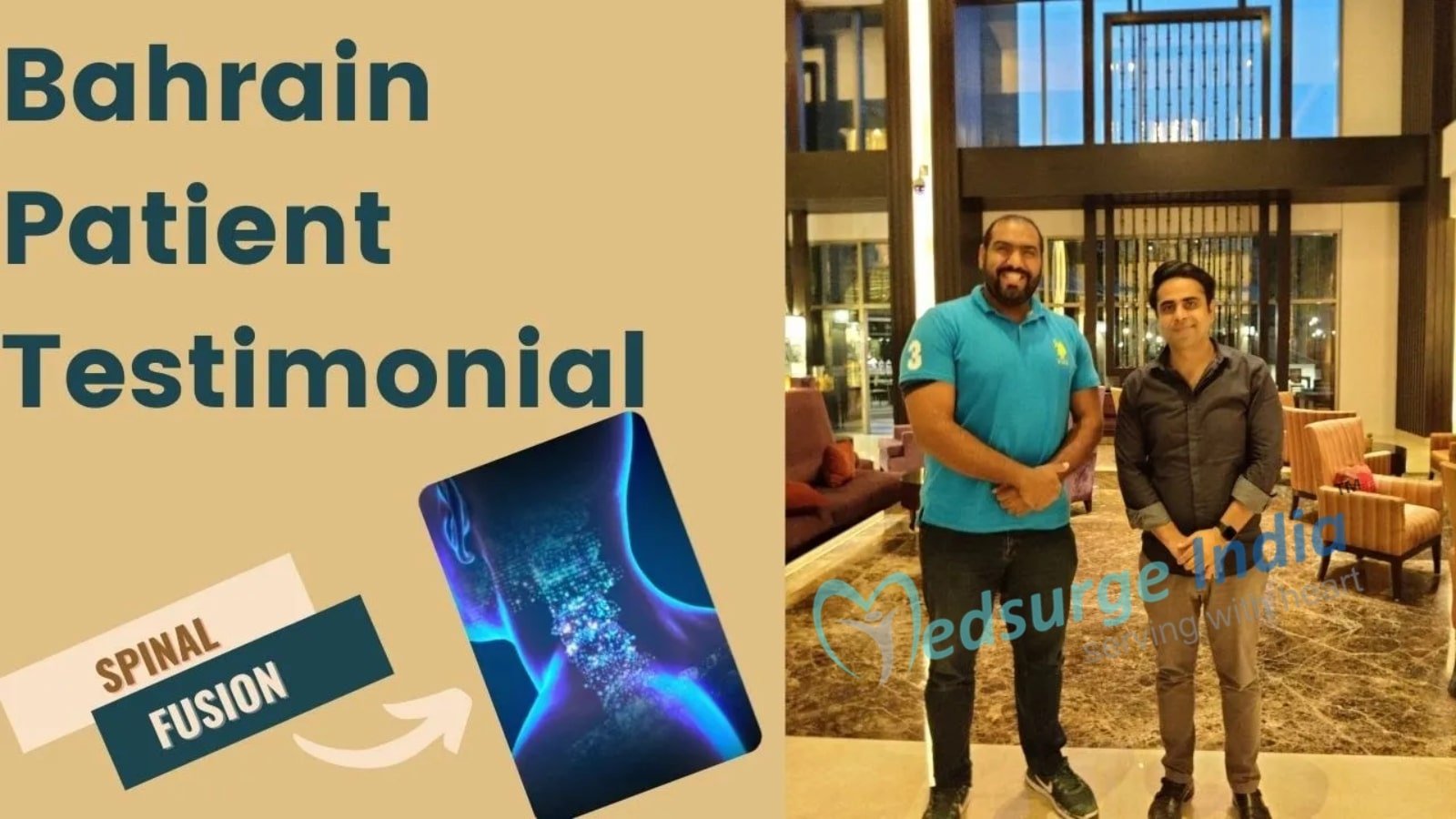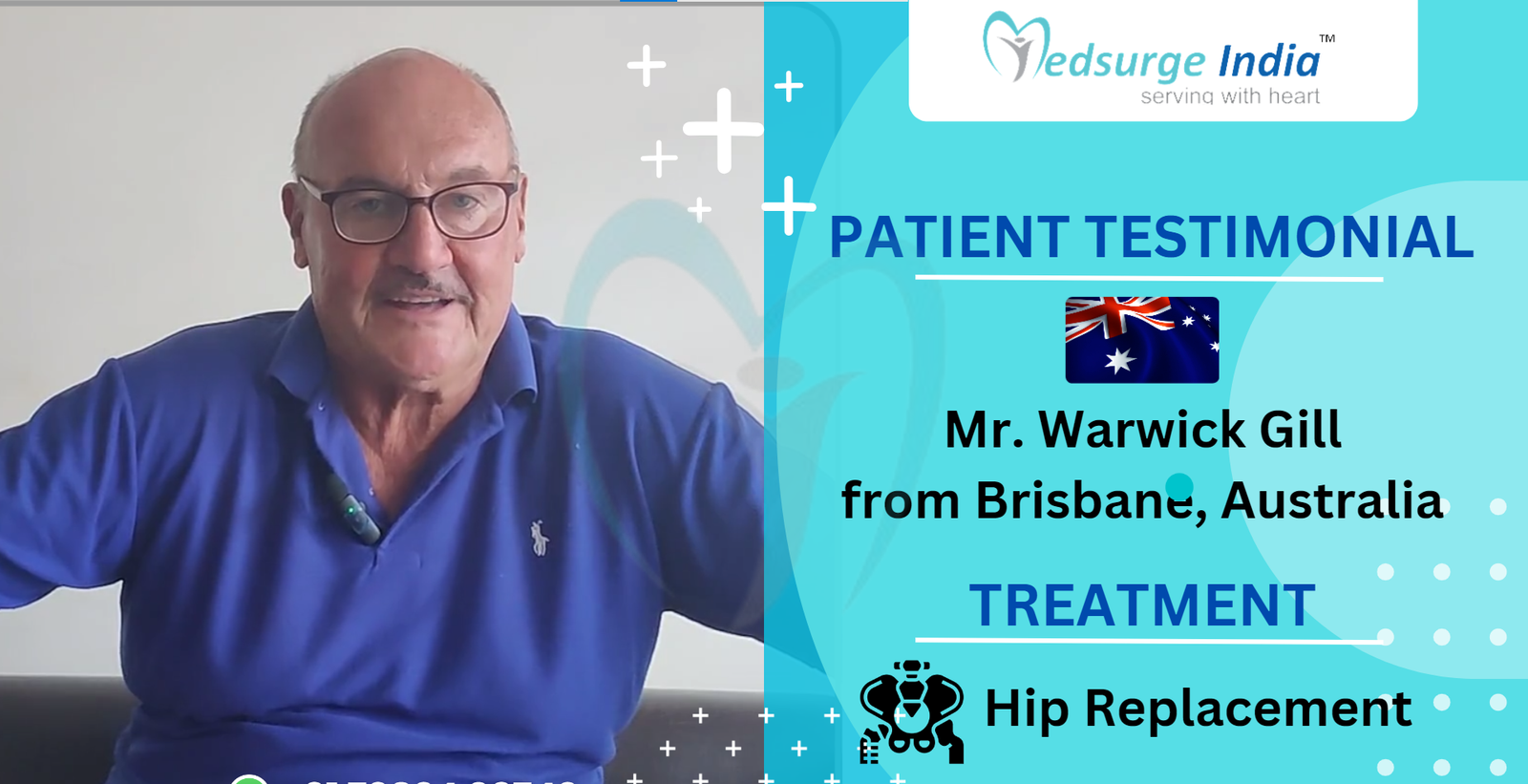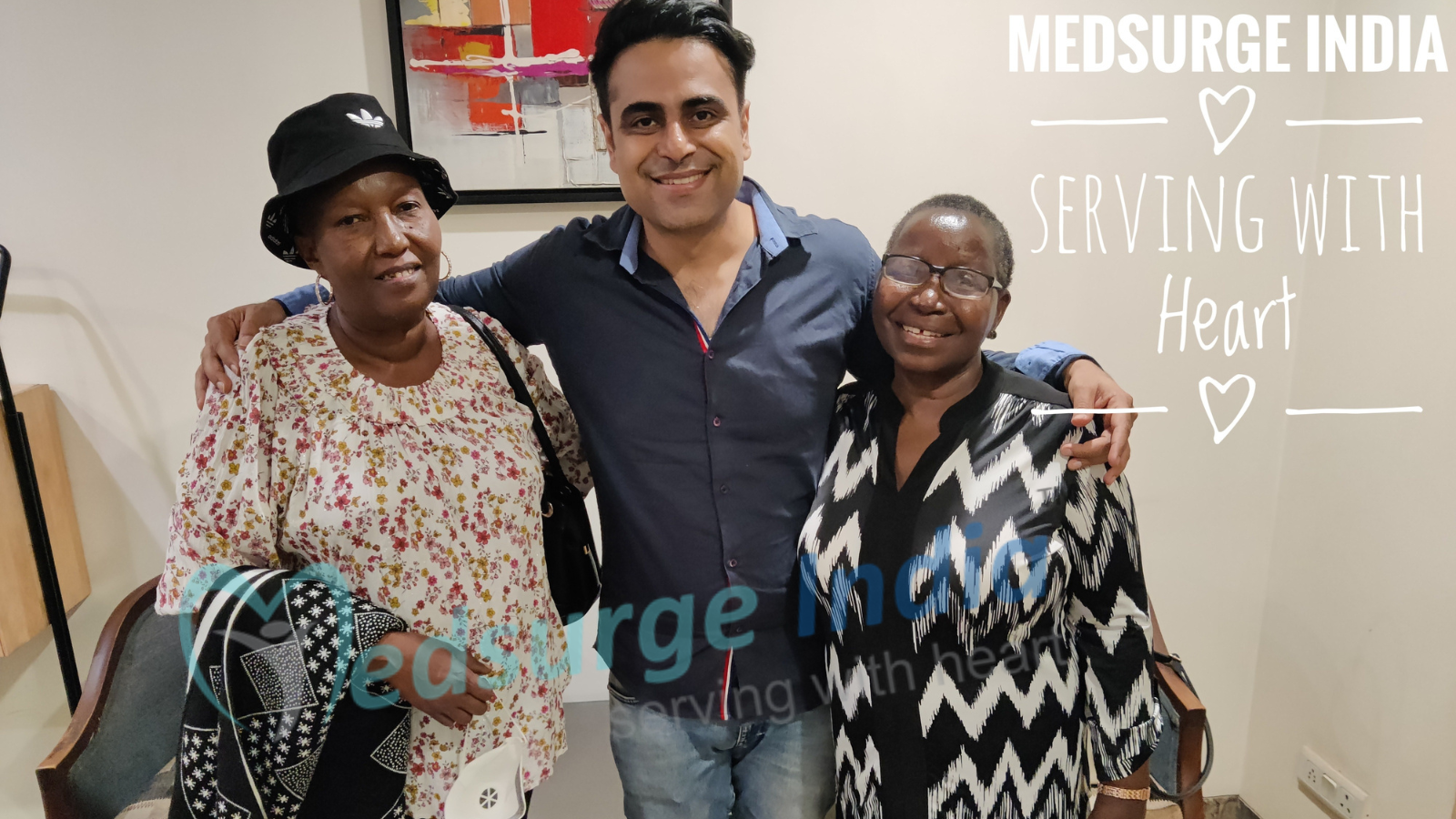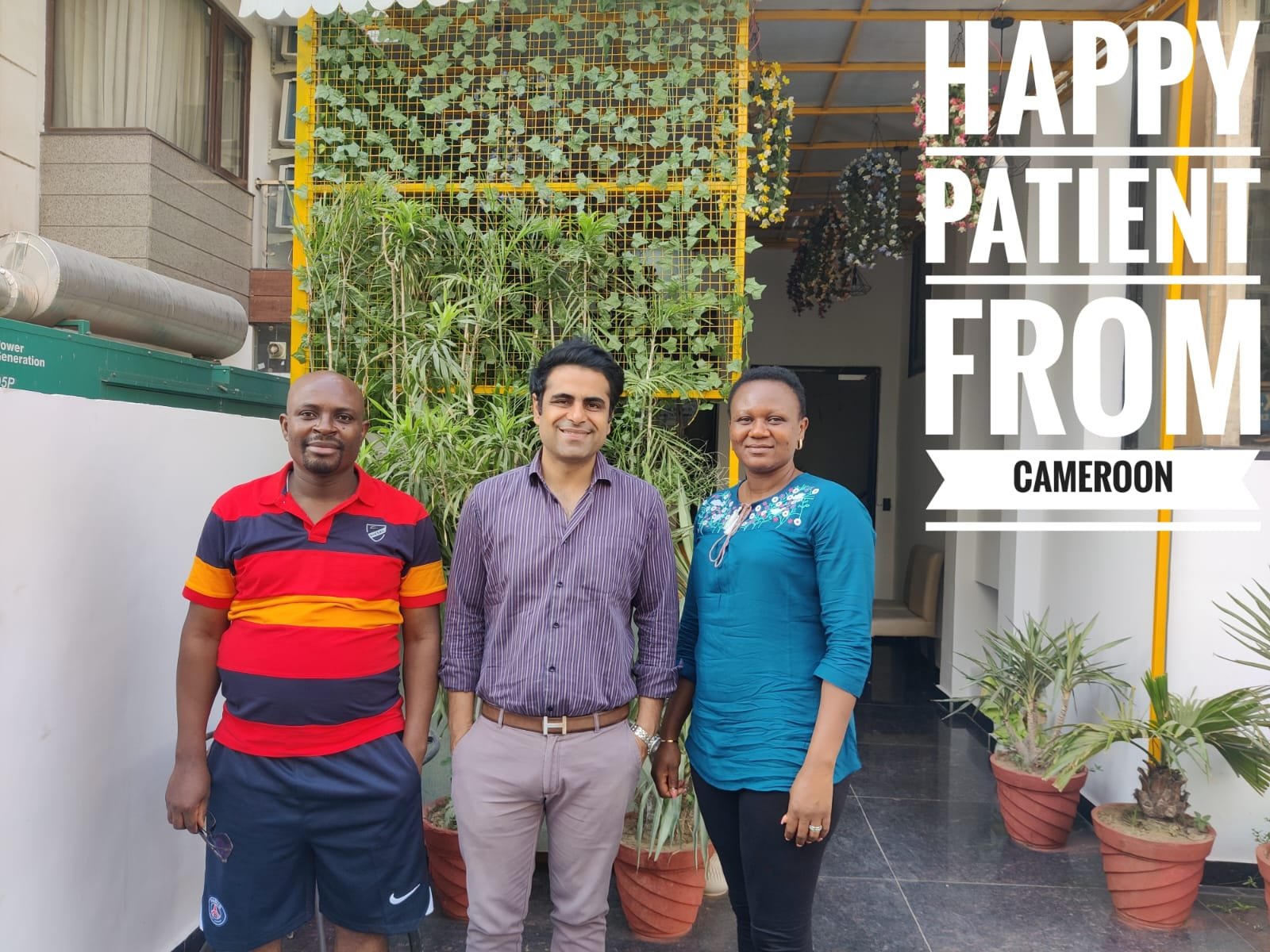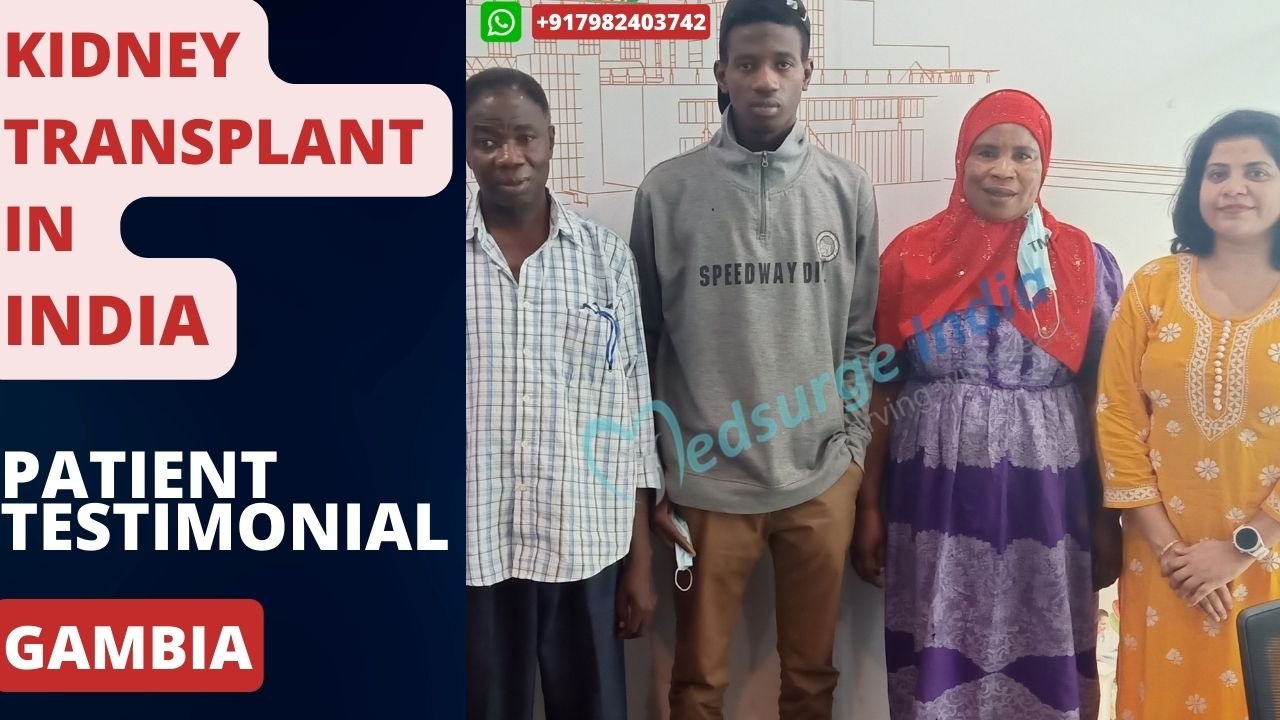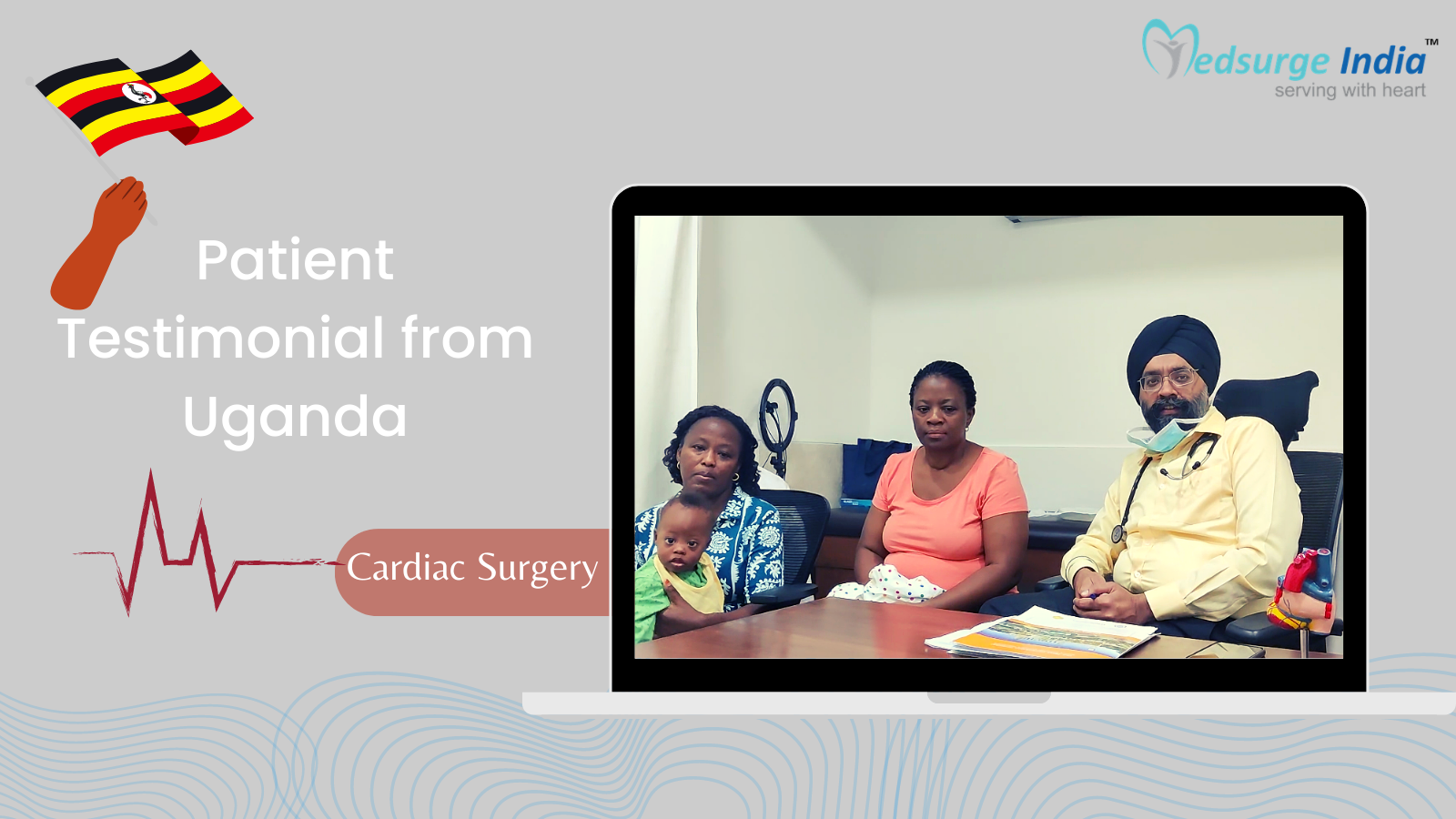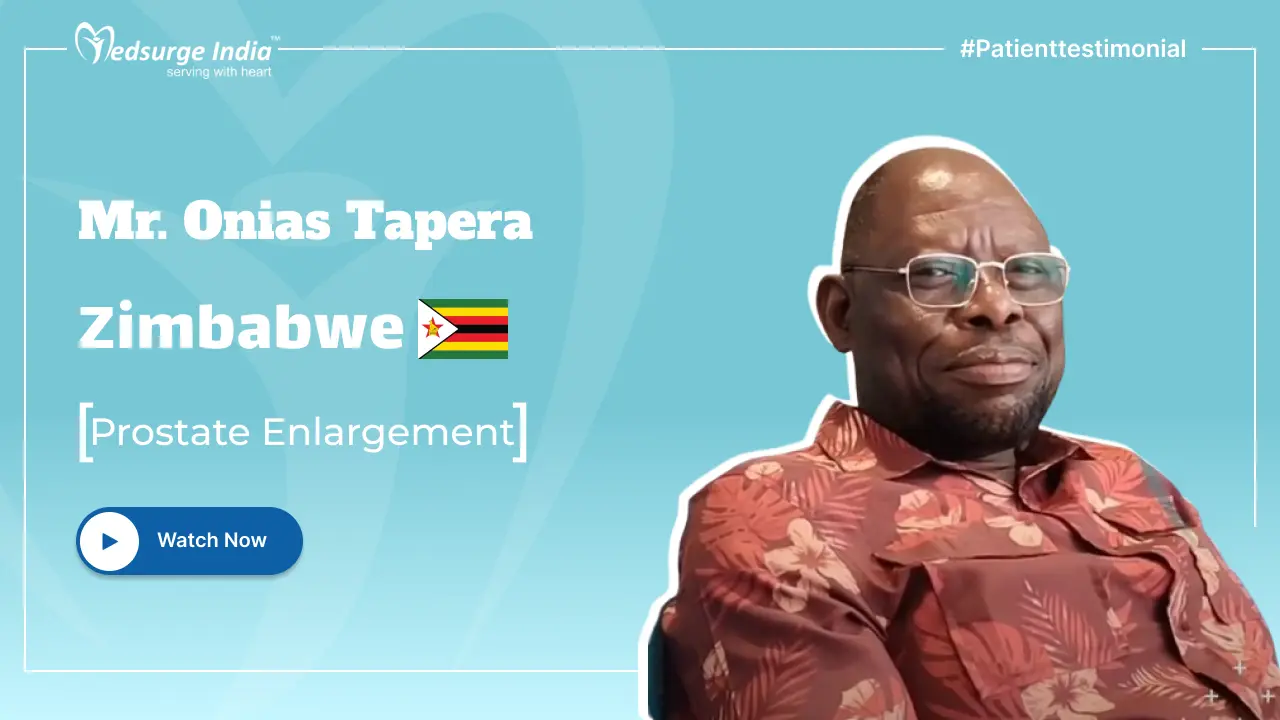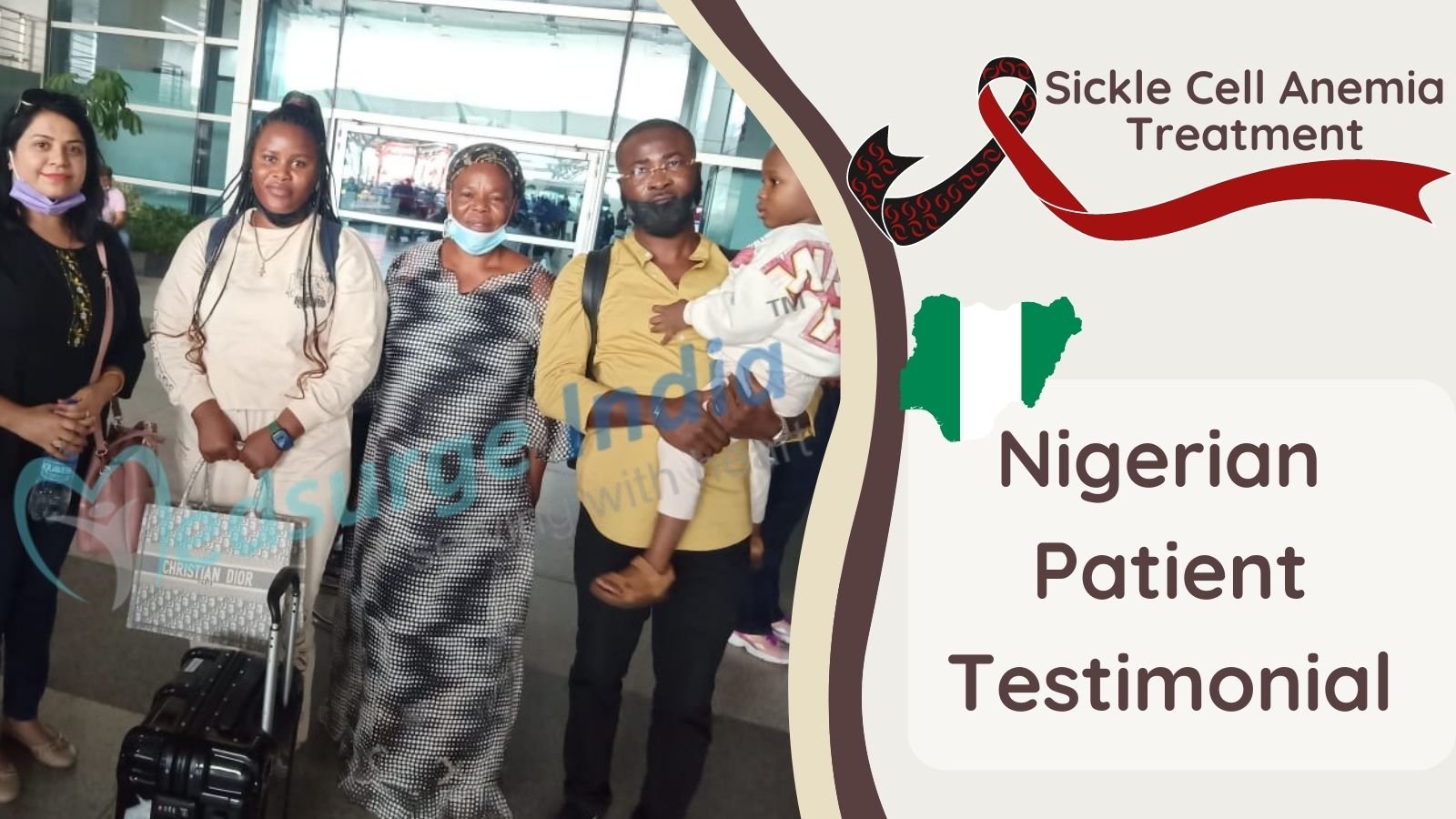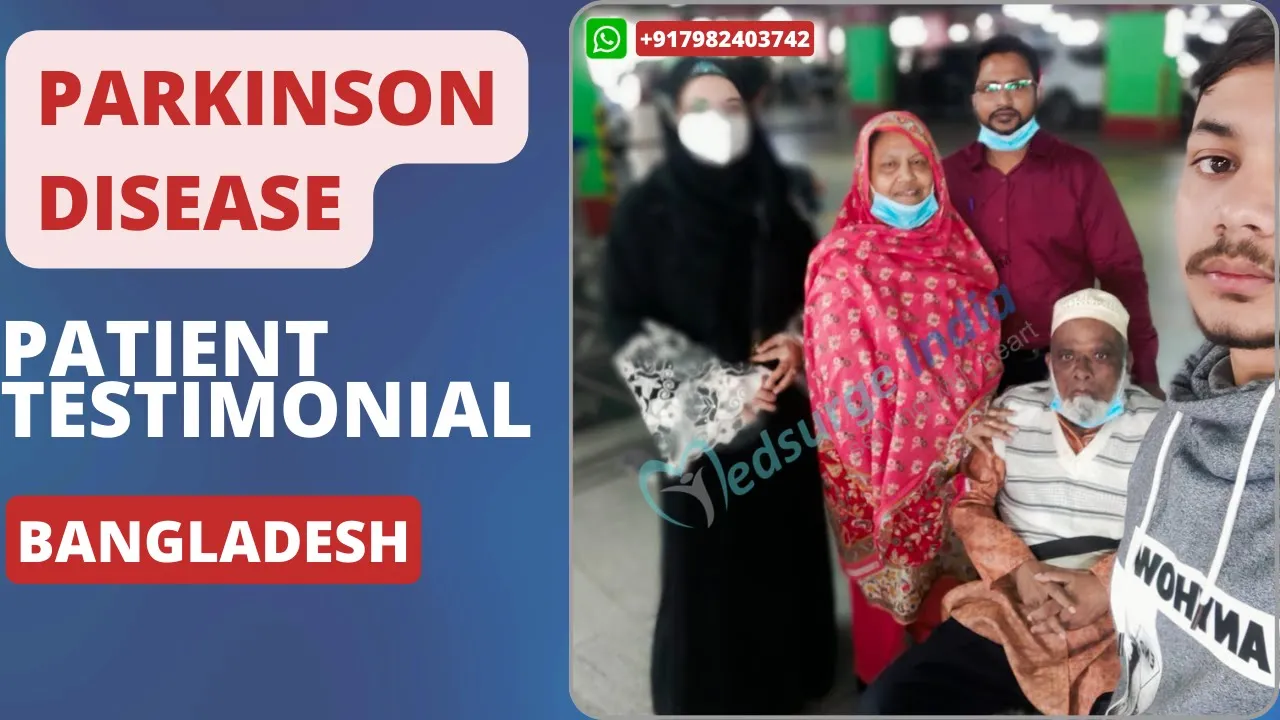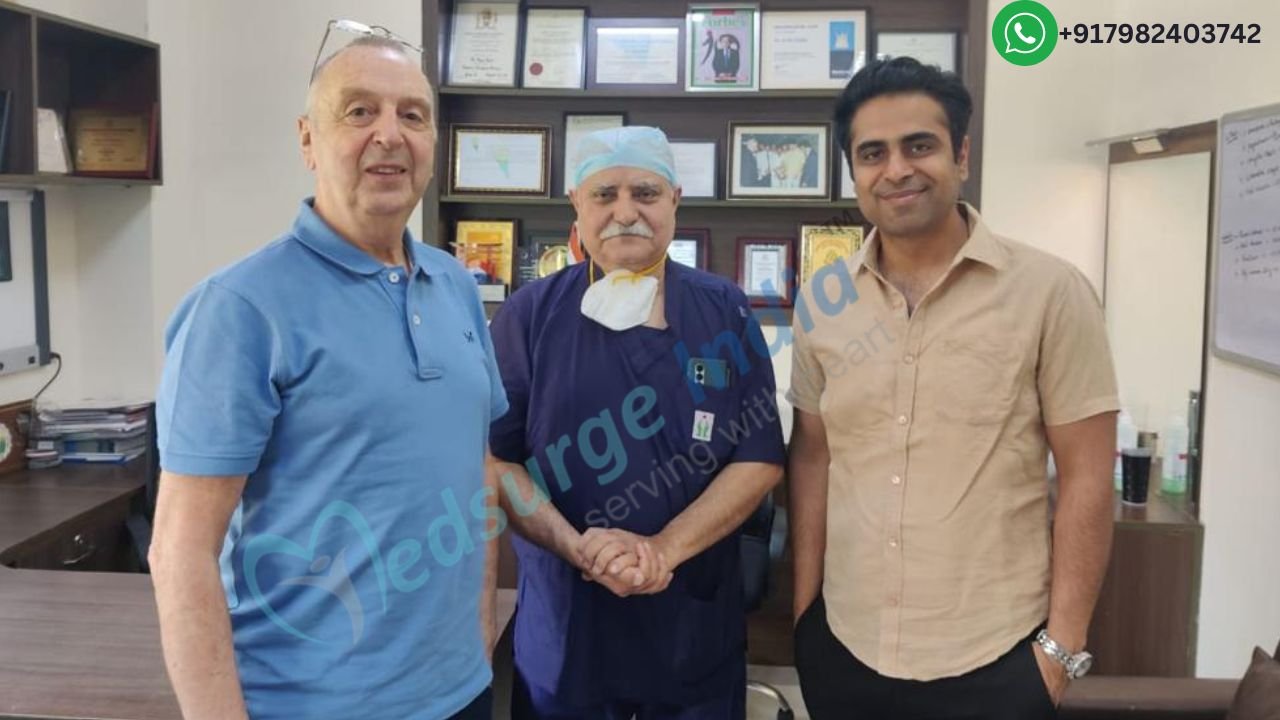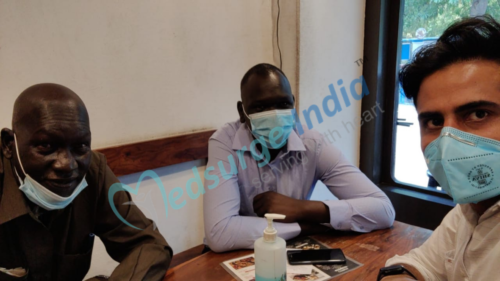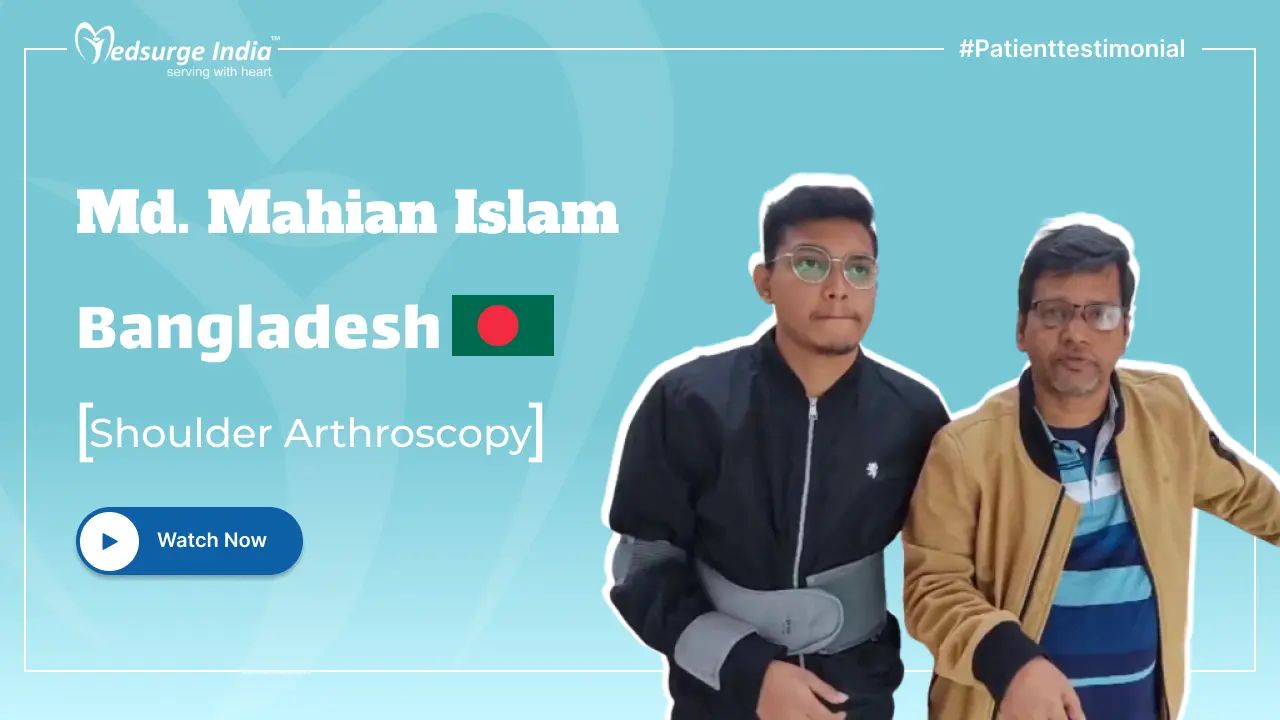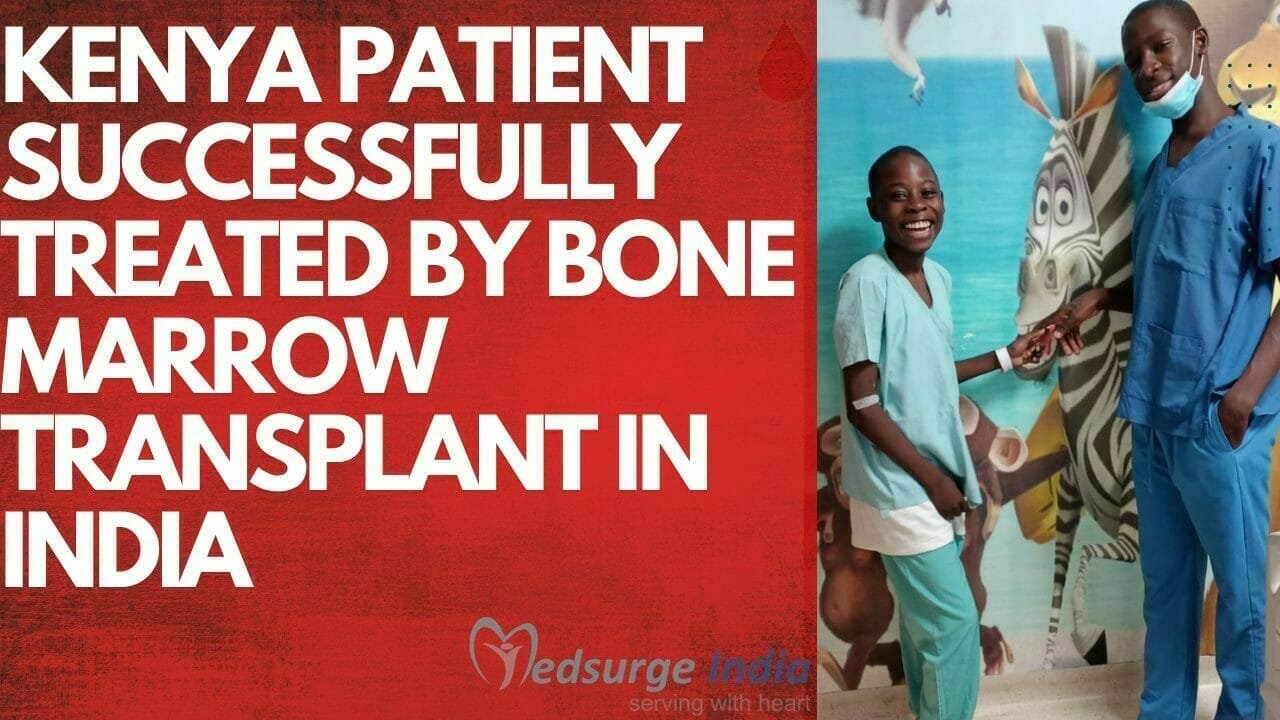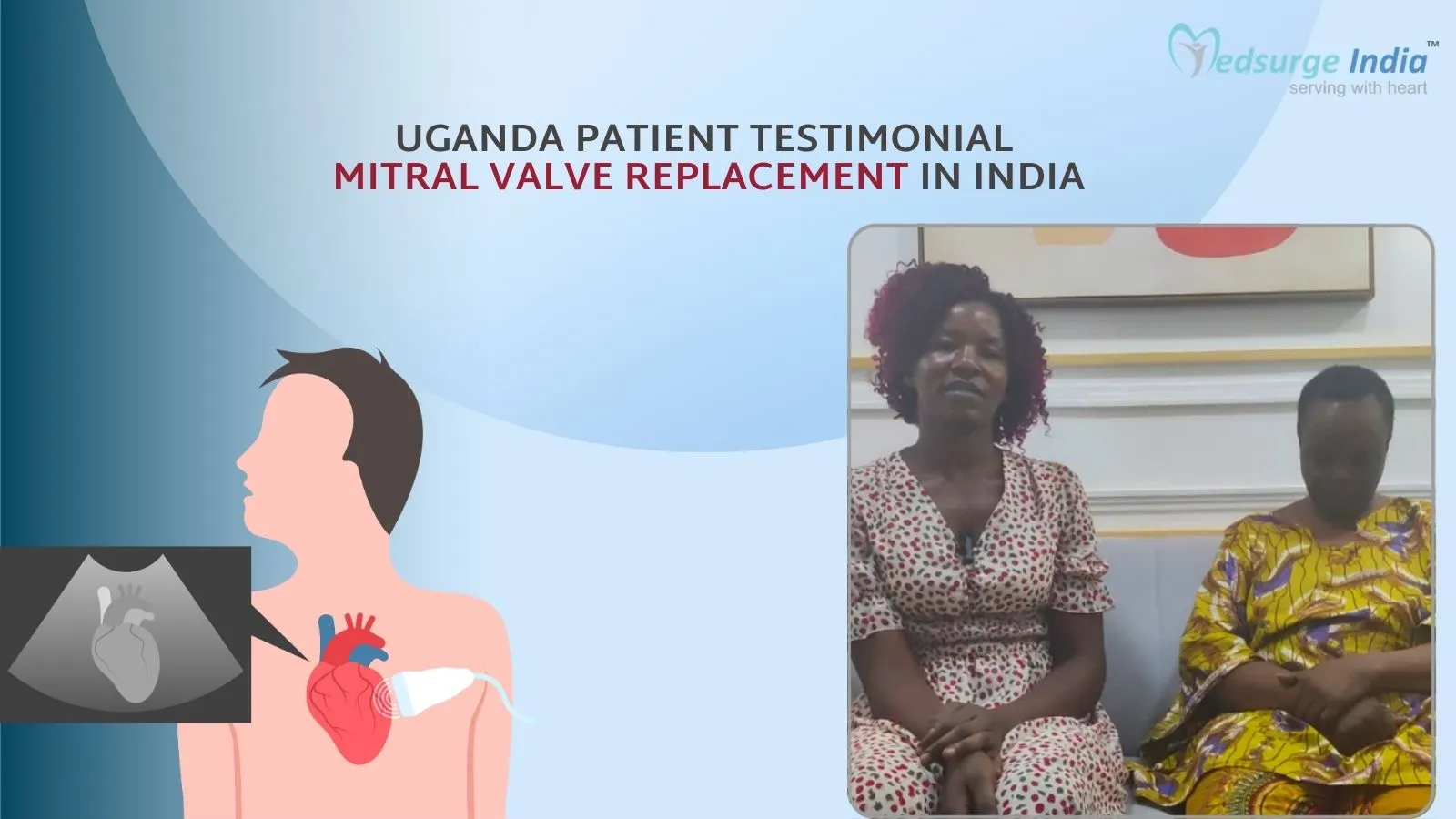
Males are substantially more likely than females to develop extragonadal germ cell tumors, which are often diagnosed in young adulthood. They are aggressive tumors that can develop almost anywhere, although their usual origin is in the midline (mediastinum, retroperitoneum, or pineal gland). By thoroughly inspecting the testicles and using ultrasonography, the gonadal origin should be ruled out. Any patient with a poorly defined epithelial malignancy should be evaluated for the diagnosis, especially if they are young and have midline tumors. The cost of Extragonadal Germ Cell Tumor Treatment in India is reasonable when compared to other developed nations. The success may be partly credited to the oncologist and the surgeons’ expertise and the cutting-edge medical technology utilized in the best Indian facilities. In addition to these benefits, India is quite popular due to its inexpensive costs without reducing clinical standards.
What is an Extragonadal Germ Cell Tumor?
Extragonadal germ cell tumors are composed of cells that arise early in a fetus’s development (unborn baby). Germ cells normally travel from a location around the center of the body to the ovaries or testes in a developing baby (gonads). There, they transform into sperm in men and eggs in females. Tumors can develop outside the gonads when cells that are intended to develop sperm or eggs instead move to other regions of the body. They are frequently known as extragonadal germ cell cancers for this reason. They often start in one of the following locations: the lungs, lower back, rear of the belly, or center of the brain, close to the tiny pineal gland.
Teratomas and malignancies are both possible in extragonadal germ cell tumors. The following are examples of seminoma and nonseminoma germ cell cancers, which belong to the latter group:
- Embryonal carcinomas.
- Malignant teratomas.
- Endodermal sinus tumors.
- Choriocarcinomas.
- Mixed germ cell tumors.
Boys and females are equally affected by EGCTs in children. However, the great majority of malignant cancers in adulthood are in males. Under a microscope, the cells of various tumor types have varied appearances. Each has a unique prognosis and course of therapy. Radiation therapy is the basis of a treatment since seminomas frequently respond well to it. Although chemotherapy is frequently used to treat non-seminomas, it can also be utilized to treat seminomas.
What are the Symptoms of an Extragonadal Germ Cell Tumor?
For the symptoms of an Extragonadal Germ Cell Tumor, it can depend on the location of the tumor.
- Back of the abdomen: Kidney or rear issues may result from EGCTs at the back of the abdomen. The bulk (which may exert pressure on the tubes carrying urine from the kidneys to the bladder) On occasion, a physical examination will reveal the abdominal mass.
- Mid-chest: EGCTs in this region might induce fever, weight loss, nausea, coughing, chest discomfort, and breathing issues. Additionally, patients may have enlarged veins in their necks and chest. Men in their 20s are most frequently diagnosed with these malignancies.
- Lower back: EGCTs here often manifest as a lump in the buttocks or lower abdomen. Compared to adults, babies and young children tend to have them diagnosed more frequently. The tumor may make it difficult for the patient to walk, urinate, or poop.
- Brain (pineal gland): Germ cell tumors can obstruct the flow of fluid around the brain and spinal cord and put pressure on certain areas of the brain. This may lead to:
- Difficulty walking
- Inability to look up
- Uncontrolled eye movements
- Double vision.
- Headaches
- Nausea
- Vomiting
- Memory loss
- Lack of energy
A youngster who has a hormone-producing tumor could experience puberty sooner than usual. Rare pineal germ cell tumors almost exclusively affect adults under the age of 40.
How is Extragonadal Germ Cell Tumor Diagnosed?
Due to the rarity of EGCTs, your doctor will probably inquire about other prevalent medical diseases that might be the source of your symptoms. For instance, your doctor could suspect a respiratory infection if you have a cough, fever, and breathing problems. It’s likely that unless your doctor orders an x-ray or scans of the area where you experience symptoms, the real cause of your problem won’t be revealed. The location where you are experiencing symptoms will receive specific focus during your doctor’s examination. Your doctor could do a pelvic check on the woman and a rectal exam if you have signs of a lower-back malignancy. He or she will perform a neurological examination to see whether you have signs of a brain tumor.
The location of the tumor will be found by the diagnostic tests your doctor orders:
- Physical examination and medical history: An examination of the body to check for general health indicators, including looking for illness indications like tumors or anything else that looks out of the ordinary. It is possible to look for lumps, swelling, or discomfort in the testicles. Additionally, a history of the patient’s health practices, diseases, and treatments in the past will be recorded.
- CT scan (CAT scan): A process that creates a number of finely detailed images of inside body regions from various perspectives. In order to create images, an X-ray machine is connected to a computer. Several dyes can be ingested or injected into veins to enhance the visibility of organs or tissues. Various names for this process exist, including computed tomography and computerized axial tomography. A CT scan and a PET scan may occasionally be performed simultaneously. In order to locate malignant tumor cells in the body, a PET scan is performed. A vein receives a tiny injection of radioactive glucose (sugar). The PET scanner spins around the body to provide an image of the areas of the body where glucose is being utilized. Since malignant tumor cells are more active and absorb more glucose than healthy cells do, they appear brighter in the image. A PET-CT scan is one that is performed simultaneously with a CT scan.
- Chest x-ray: An image of the organs and bones within the chest. An x-ray is a specific kind of energy beam that may photograph inside organs by passing through the body and onto film.
- Serum tumor marker test: A process to evaluate the levels of certain chemicals produced in the blood by organs, tissues, or tumor cells inside the body. When discovered in elevated amounts in the blood, some chemicals are associated with particular forms of cancer. They are referred to as tumor markers. Extragonadal germ cell tumors can be found using the three tumor markers listed below:
- Alpha-fetoprotein (AFP)
- Beta-human chorionic gonadotropin (beta-hCG).
- Lactate dehydrogenase (LDH).
The tumor’s seminoma or nonseminoma status is determined by the tumor marker blood levels.
- Biopsy: The removal of cells or tissues so that a pathologist may examine them under a microscope for signs of malignancy. The extragonadal germ cell tumor’s location determines the kind of biopsy that is performed.
- Excisional biopsy: the complete excision of a tissue mass.
- Incisional biopsy: The excision of a portion of a lump or tissue sample.
- Core biopsy: Using a large needle, tissue is removed.
A tiny needle is used to remove tissue or fluid during a fine-needle aspiration (FNA) biopsy. Your doctor could evaluate your blood levels due to the link between EGCTs and a rare blood malignancy. The diagnostic process may also include a bone marrow examination. Blood tests to measure AFP and beta-hCG levels can usually assist to identify the tumor type in patients (seminoma or non-seminoma). The levels of AFP and beta-hCG in spinal fluid may also be assessed in patients with brain (pineal) malignancies. A needle is used to drain the spinal cord’s fluid. A spinal tap is the name of this technique (lumbar puncture).
Helpful – PET Scan Cost in India
Get Free Cost Estimation
Procedure
How is an Extragonadal Germ Cell tumor Treated?
Treatment is based on the tumor’s kind and location. Radiation is often used to treat minor seminomas, whereas chemotherapy (anticancer medications) and radiation are used to treat bigger seminomas. Chemotherapy is nearly generally used to treat non-seminomas, which is then followed by surgery to remove any leftover malignancy. In certain hospitals, high-dose chemotherapy is also combined with a stem cell or bone marrow transplant.
There are three categories of conventional treatment:
Chemotherapy – Chemotherapy is a form of cancer treatment that employs medications to kill cancer cells or prevent them from proliferating in order to limit the development of cancer cells. Chemotherapy enters the circulation whether administered orally or by injection into a vein or muscle, where it can reach cancer cells throughout the body (systemic chemotherapy). When administered directly into the cerebrospinal fluid, an organ, or a body cavity such as the abdomen (regional chemotherapy), cancer cells are primarily targeted in one or more specific regions. The kind and stage of the cancer being treated determine how the chemotherapy is administered.
Radiation treatment – To kill or stop cancer cells from growing, high-energy x-rays or other forms of radiation are used in radiation therapy. Two forms of radiation treatment exist:
- Equipment outside the body is used in external radiation treatment to direct radiation toward the cancerous part of the body.
- Radioactive material is enclosed in needles, seeds, wires, or catheters that are inserted into or close to the malignancy during internal radiation treatment.
The kind and stage of the cancer being treated determine how the radiation treatment is administered. To treat seminoma, external radiation treatment is employed.
Surgery – Patients who have benign tumors or tumor remaining after chemotherapy or radiation therapy may need to have surgery. Clinical trials are being used to explore new treatment modalities.
Stem cell transplant with high-dose chemotherapy – To eradicate cancer cells, high dosages of chemotherapy are administered. Cancer therapy also destroys healthy cells, such as blood-forming cells. A therapy to replenish the blood-forming cells is a stem cell transplant. The patient’s or a donor’s bone marrow is harvested for its stem cells (immature blood cells), which are then frozen and kept in storage. The patient receives an injection of thawed-out stored stem cells following the conclusion of treatment. These stem cells are reinfused and develop into (and replenish) the body’s blood cells.
Know More – Bone Marrow Transplant Cost in India
What is the Cost of Extragonadal Germ Cell Tumor Treatment in India?
In comparison to other countries, the cost of cancer treatment in India is very low. Furthermore, the quality and standard of medical care and services are comparable to the best hospitals in the world. Even after expenses for travel, accommodation, and food are factored in, the overall cost of Extragonadal Germ Cell Tumor treatment in India starts from USD 3800.
The cost of a medical package in Thailand may vary depending on several factors such as the type of treatment, the technique used, the choice of hospital and city, the doctor’s experience, and many more. This is the primary reason why thousands of patients from all over the world choose to travel to India for medical treatment.
How to Choose a Hospital In India For Extragonadal Germ Cell Tumor Treatment?
India’s cancer treatment hospitals are well-known for their hospitality and patient care services. The best oncologists in India at these hospitals are specialists in their fields. However, choosing a suitable hospital for treatment can be difficult for an international patient. It is a significant decision that must be made with several factors in mind, including:
- Quality certificates and accreditations
- Hospital and transportation facility location
- Team of doctors and surgeons
- Advanced diagnostic and therapeutic equipment
- International patient assistance
How can Medsurge India Help?
Medsurge India is a prestigious support system for patients looking for doctors, hospitals, and specialized treatments. We’ll find the most suitable medical options for you. Regarding your medical issues, our team will give you a list of certified, reputable, and trusted doctors and hospitals. Additionally, we offer a treatment strategy that fits your budget. Apart, we assist patients with obtaining travel authorizations, medical visas, and a multitude of other things.
The Most Important Frequently Asked Questions
Q: What exactly does Extragonadal mean?
A: A body part other than the ovaries or testes.
Q: Is it possible to cure germ cell tumors?
A: The vast majority of children who develop germ cell tumors will be cured. More children are surviving childhood cancer than ever before. There are new and improved drugs and treatments available, and we can now work to reduce the aftereffects of previous cancer treatment.
Q: Do germ cell tumors grow quickly?
A: There are two types of germ cell tumors that begin in the gonads, or reproductive organs: seminomas, which grow slowly, and nonseminomas, which grow quickly.
Q: What is germ cell tumor therapy?
A: Germ cell tumors may be treated with surgery to remove the tumor, chemotherapy with drugs that kill cancer cells, and radiation therapy with powerful energy beams.
Q: Do germ cell tumors recur?
A: One goal of follow-up care is to look for recurrence, which means the tumour has returned. A tumour recurs because small areas of tumour cells in the body may go undetected. These cells may multiply over time until they appear on test results or cause signs or symptoms.
Top Hospitals for Extragonadal Germ Cell Tumor Treatment in India
Top Doctors for Oncology and Oncosurgery
Dr. Jyoti Shanker Raychaudhuri
Consultant
Experience: 25 years of experience
Indraprastha Apollo Hospital New Delhi
New Delhi, India
Dr. Sanjeev Bansal
Experience: 19+ years of experience
Max Super Speciality Hospital Bathinda
Bathinda, India
Dr. Alok Narang
Senior Consultant
Experience: 26
Max Super Speciality Hospital, Patparganj, New Delhi
Dr.Aravind Ramkumar
Senior Consultant
Experience: 15 years of experience
Manipal Hospital Formerly Columbia Asia Referral Hospital, Bangalore (Yeshwanthpur)
Bangalore, India
Dr. Niranjan Naik
Director , MBBS, MS
Experience: 25 years of experience
Fortis Memorial Research Institute
Gurgaon, India
Dr. Darshana Rane
Consultant
Experience: 7 years of experience
Nanavati Super Specialty Hospital Mumbai
Mumbai, India
Dr. Rajpal Singh
Senior Consultant
Experience: 14+ years of experience
Shri Mata Vaishno Devi Narayana Superspeciality Hospital, Katra
Katra, India
Dr. Bharat Dua
Consultant
Experience: 11 years of experience
Venkateshwar Hospital, New Delhi
New Delhi, India
Dr. Shamsuddin J. Virani
Consultant
Experience: 15 years of experience
Kiran Multi Super Speciality Hospital & Research Center
Surat, India
Dr. Kanika S
Associate Consultant
Experience: 15 years of experience
Max Superspecialty Hospital, Mohali
Mohali, India
Dr. Vidhyadharan Sivakumar
Senior Consultant
Experience: 10 years of experience
Apollo Proton Cancer Centre, Chennai
Chennai, India
Dr. Vijay Anand Reddy
Director
Experience: 30 years of experience
Apollo Hospitals, Jubilee Hills Hyderabad
Hyderabad, India
Dr Santanu Sen
Consultant
Experience: 14 years of experience
Kokilaben Dhirubhai Ambani Hospital Mumbai
Mumbai, India
Dr. Amit Rauthan
Consultant
Experience: 18 years of experience
Manipal Hospital (Old Airport Road) Bangalore
Bangalore, India
Dr. Saurabh Mishra
Consultant
Experience: 12 years of experience
Medanta – The Medicity, Gurgaon
Gurgaon, India
Dr. K.V.V.N. Raju
Senior Consultant
Experience: 20 years of experience
Basavatarakam Indo American Cancer Hospital & Research Institute, Hyderabad
Hyderabad, India

